Three talks at conferences by the OXiNEMS members have been done in the last month!
On September 8th Nicola Manca gave an oral contribution entitled "Functional Oxides for Enriched MEMS" at the CMD30-FisMat2023 joint conference in Milan (IT) about recent advancements in oxide nano-mechanics and the OXiNEMS project.

“A Hybrid Superconductor/Nanomechanical Magnetic Field Detector for Biomagnetism” has been presented by Luca Pellegrino at EUCAS23 in Bologna (IT) on September 7th at 10.00 with a contributed talk.
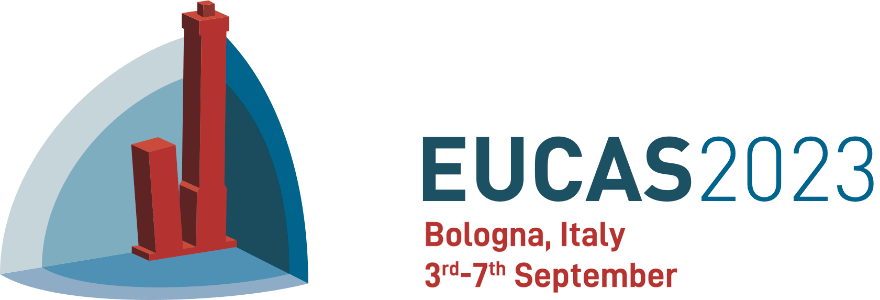
Luca Pellegrino gave an invited talk at ICCGE20 on August 4th in Napoli (IT) with the title “The role of epitaxy in microelectromechanical systems made with transition metal oxide films”.



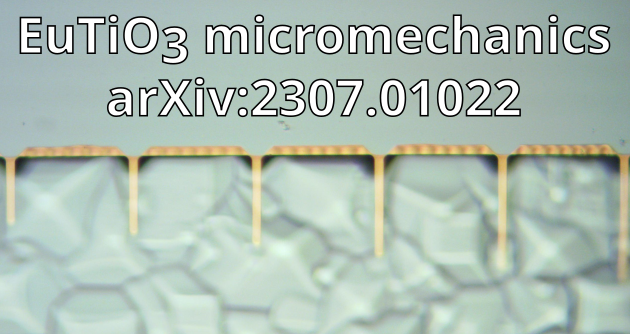
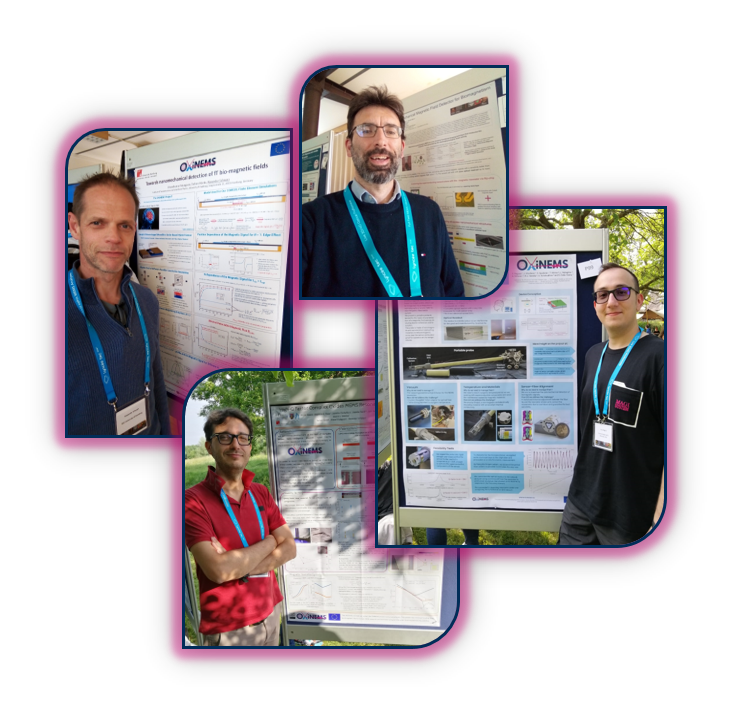
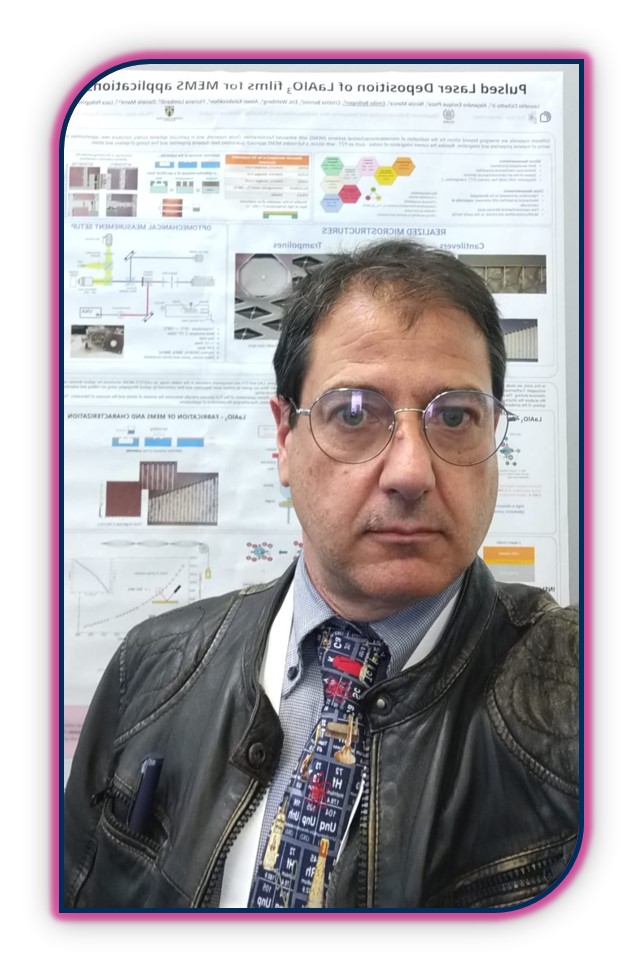
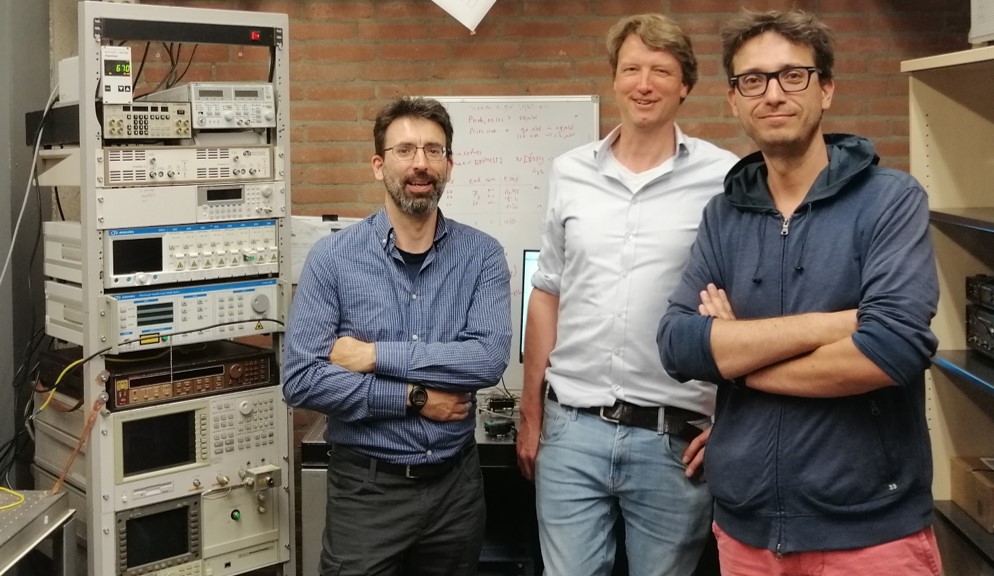
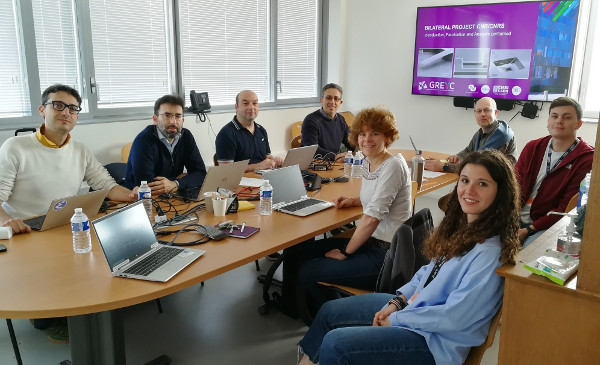
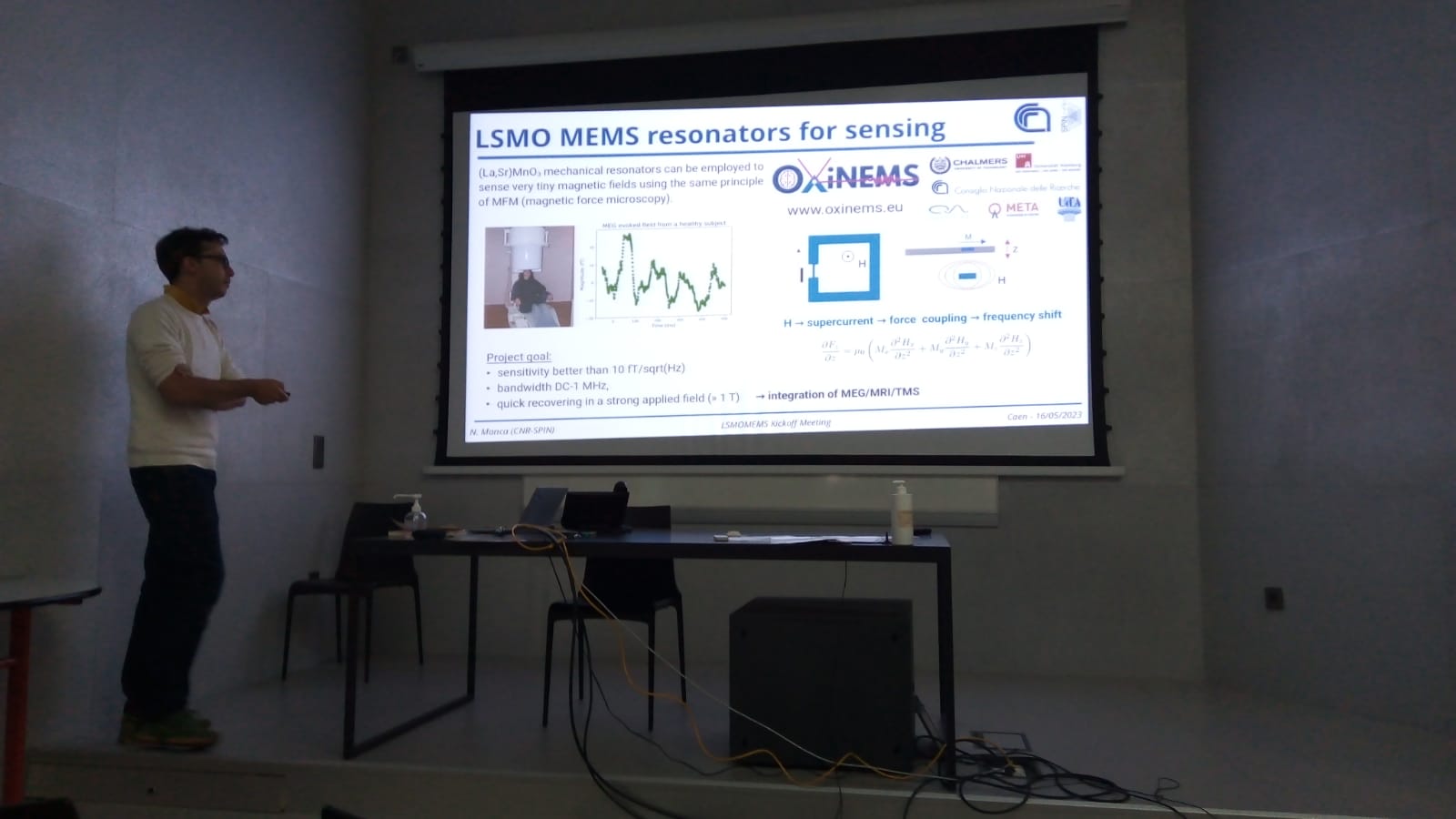
 This project has received funding from the European Union’s Horizon 2020 research and innovation programme under grant agreement N.828784.
This project has received funding from the European Union’s Horizon 2020 research and innovation programme under grant agreement N.828784.